Can lighting stop crime? Does a simple light have the power to prevent crime? Where to put flood lights plays a critical role in security.
Studies show that well-lit areas are less attractive to criminals. According to the U.S. Department of Justice, homes with poor outdoor lighting are likelier to experience break-ins. Burglars thrive in the shadows, but light scares them off.
As a result, the strategic placement of flood light becomes one of the most effective and affordable ways to improve your home’s security.
So, where should you put flood lights? This blog will walk you through the key places for flood light installation to ensure optimal security and protection for your home.
Places on where to put flood light for security?
Top strategic placements to put flood light for maximum security of your property and homes.
1. Front door
2. Side entrances
3. Driveways
4. Backyard
5. Around Garages and Detached Buildings
6. Fences and property perimeter
7. Walkways and pathways
1. The Front Door: Your First Line of Defense
Did you know that nearly 34% of burglars enter through the front door?
Yes, it’s true. A startling number of intruders simply walk through the front door. This makes your front entrance the most critical area to secure. But how do flood lights fit into this?
Flood lights can provide constant illumination to the front door, ensuring there’s nowhere to hide. It’s not just about deterring criminals either. A well-lit front entrance helps homeowners, delivery personnel, and guests feel safer when approaching at night.
In addition, motion-detection lights are handy here, as they startle unexpected visitors by suddenly lighting up the area. Place the flood light above or to the side of your door, high enough to cover the immediate area but not so high that the light is lost.
You want clear visibility of anyone approaching the door without casting heavy shadows. Ideally, the light should also illuminate the pathway leading up to your entrance.
2. Side Entrances and Windows: The Weak Spots
If burglars avoid the front door, where do they go? Almost always, the side or back entrances.
Most criminals opt for side doors or windows, where visibility is low, and neighbours can’t easily see them.
Many homeowners underestimate the importance of lighting these areas, assuming they’re safe from view. But that’s exactly the problem these spots become weak points in your home’s defence.
When deciding where to put flood lights, prioritize side entrances and ground-floor windows. Floodlights in these areas ensure that no entry point is left in the shadows.
A strategically placed light near the side or back doors not only makes the area less attractive to potential intruders but also gives you better visibility of these vulnerable spots.
For windows, angle your flood lights in a way that they don’t just illuminate the glass but the surrounding area as well. This ensures that anyone attempting to approach a window is visible from inside the house and from a distance. Using motion sensors here can conserve energy and add an element of surprise.
3. Driveways: Illuminate the Path
What does your driveway say about your home’s security? Your driveway isn’t just a place to park your car it’s often a direct path to your house. If someone approaches your home through the driveway, they should be easily spotted.
Many homeowners overlook this space, thinking flood lights are only necessary around the house itself. But a dark driveway provides the perfect cover for someone approaching without being seen.
Placing floodlights along the driveway or in the garage can serve multiple purposes. Not only will they deter would-be intruders, but they also provide added convenience for you.
Think about how much easier it will be to park your car or walk to the door when the driveway is fully illuminated.
For optimal coverage, place floodlights at the beginning and end of your driveway. You can also install lights along the sides if you have a particularly long driveway. Motion-detection lights can be particularly effective in this area, lighting up the path as someone approaches.
4. The Backyard: Often the Most Vulnerable Area
Did you know that 22% of break-ins occur through the back door? Your backyard is another prime target for intruders. It’s often more secluded than the front of the house, offering more cover for burglars. But the good news is that proper lighting can significantly reduce these risks.
Flood lights in the backyard should cover all entry points doors, windows, and even fences. A well-lit backyard is less inviting to intruders because it offers no hiding spots.
Placing flood lights on your back porch, garage, or near garden entrances ensures every corner of your property is visible.
But don’t stop there consider using flood lights to illuminate larger parts of the yard, especially near trees, sheds, or other structures that could provide cover.
If your property has a high fence or a gate, consider placing lights there as well. This way, the entire perimeter is protected, not just the house itself.
5. Around Garages and Detached Buildings: Secure Your Valuables
Have you thought about what’s hiding in plain sight? Garages and detached buildings often contain valuable items your car, tools, and equipment that could be attractive to thieves.
Unfortunately, these structures are frequently overlooked when planning home security. Floodlights around these buildings can provide the same level of protection as the lights around your home.
If your garage is attached to the house, place floodlights above the garage door to illuminate the driveway and the area directly in front of it. For detached garages or sheds, consider installing lights that cover all sides, not just the entrance.
In addition, use motion-sensor flood lights here to save energy and add an extra layer of security. When these lights suddenly activate, they can scare away intruders before they get close.
6. Perimeter and Fence Lines: The Ultimate Deterrent
What if you could stop intruders before they even reached your home? Lighting your fence line or the perimeter of your property can act as a first line of defence. When considering where to put flood lights, think beyond just the house itself.
By lighting up the perimeter, you reduce the chances of someone even attempting to approach the home. Install flood lights along fence lines or near gates to create a clear boundary that says this house is protected.
This not only makes it difficult for intruders to enter unnoticed but also adds peace of mind, knowing your entire property is secure.
If you have a large yard, use flood lights on poles or trees to provide ample coverage across open areas. The key is to ensure there are no dark spots where someone could hide. This layered approach to lighting ensures your home is protected from all angles.
7. Pathways and Walkways: Safe for You, Safe for Your Home
Did you know poor outdoor lighting increases the risk of accidents at night? While security is the main reason to consider where to put flood lights, don’t forget about safety for you and your family.
Dark pathways and walkways not only provide cover for intruders but also increase the risk of trips and falls. Installing flood lights along paths and steps improves visibility and keeps everyone safe.
Pathway lighting can also add to the aesthetic appeal of your home. A well-lit walkway creates a welcoming atmosphere for guests and makes your home look more inviting.
Consider using flood lights with lower intensity for pathways to create a balanced look that doesn’t overpower your yard.
Motion Sensors vs. Constant Lighting: Which is Best?
Is it better to leave the lights on or let them respond to movement? When deciding where to put flood lights you also need to consider how they function. Motion-sensor flood light only activate when movement is detected, making them an energy-efficient option.
They also provide an added element of surprise, which can deter potential intruders. On the other hand, constant lighting creates a visible deterrent at all times.
It ensures that all areas of your home remain illuminated, leaving no place to hide. The decision between motion sensors and constant lighting depends on your needs and preferences, but often, a combination of both is ideal.
High-traffic areas like the front door or driveway, constant lighting might be more practical. For secluded spots like side doors or the backyard, motion sensors are often more effective.
Environmental Considerations: Light Pollution and Energy Efficiency
How much light is too much? While flood lights provide excellent security, it’s important to consider the environment. Light pollution is an increasing concern in urban areas, and too much artificial light can disrupt local wildlife and even affect your neighbours.
When choosing where to put flood lights, opt for energy-efficient LED lights that provide bright illumination without wasting energy.
Additionally, look for flood lights that offer directional lighting to focus the light where it’s needed most, rather than flooding your entire neighbourhood with light.
Conclusion
When it comes to protecting your home, strategic lighting is one of the most effective tools you have. Knowing where to put flood lights can make all the difference in deterring intruders and keeping your property safe.
By focusing on key areas like the front door, side entrances, driveways, and backyards, you can create a well-lit environment that leaves no room for shadows.
Ready to improve your home’s security? Start by evaluating your property’s lighting needs and explore flood light options that suit your setup. Proper lighting isn’t just a luxury it’s a necessity. Take action now to make your home safer and more secure.

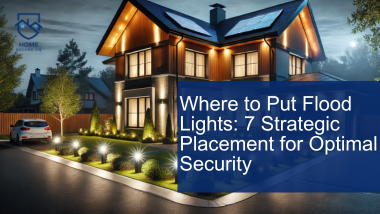
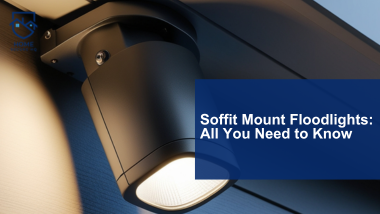
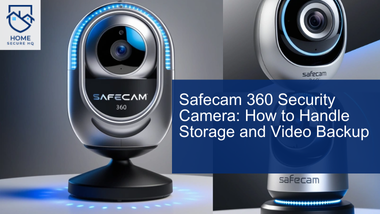
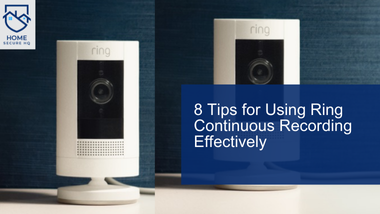
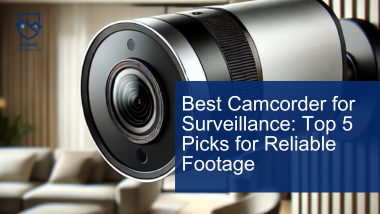
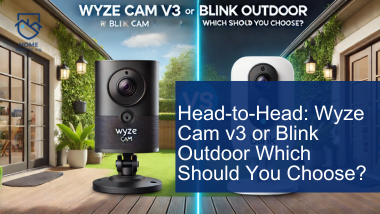
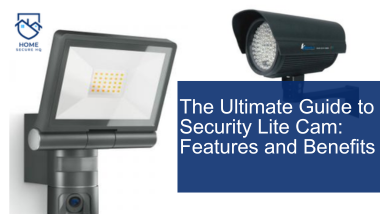
2 comments
I do believe all of the concepts you have introduced in your post. They’re very convincing and can definitely work. Still, the posts are too brief for starters. Could you please prolong them a bit from next time? Thanks for the post.
Noted. Thank you
Comments are closed.